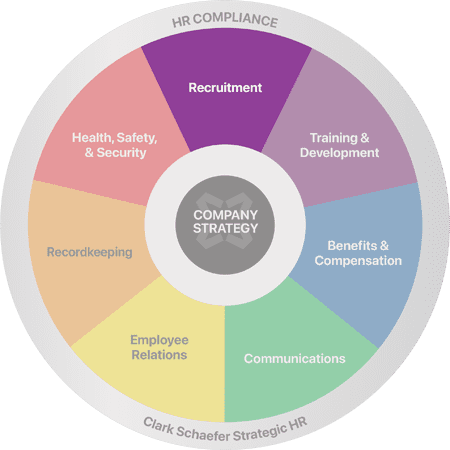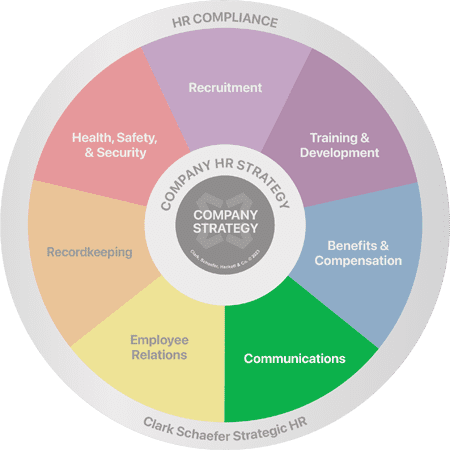Using Competency Mapping to Align Recruiting Efforts with Strategic Objectives
Last Updated on November 2, 2022 / Recruitment
by Linda Gravett, PhD, SPHR
It’s well documented that organizations today are facing a skills crisis. There are simply too many Radio Babies and Boomers going out of our doors without an adequate number of younger people coming in behind them. This means that we have to be creative in our recruiting and retention efforts if we want to entice the best and brightest of all generations to join our organization. We’ve found that competency mapping is an excellent tool for executives who want to ensure this happens. Competency mapping will especially help in your recruitment efforts for Gen Yers, born between 1977 – 1991. People in this age group that we interviewed for our book, Bridging the Generation Gap, told us that they won’t even seriously consider working for an organization that doesn’t demonstrate how their position connects to and supports the company’s strategic objectives.
Competency mapping is an approach that has the objective of helping an organization align individual development with the strategic objectives of the company. We recommend the following step-by-step process for competency mapping.
Step 1. Development of Core Competencies
In this step, the leadership of the organization meets to brainstorm which core competencies the organization requires in order to achieve its Mission , Vision, and Key Business Imperatives. Examples of core competencies that are usually essential in organizations today are problem solving, teambuilding, decision making, and communication skills.
We encourage executives to be very specific about what these competencies look like. For instance, a description of customer focus might read like this: “strives to understand customers’ needs and to meet or exceed customer expectations; interacts positively and courteously with customers; and sees every customer problem as an opportunity to provide excellent service.”
Step 2. Assessing Competency Levels Required Across Positions
After the leadership team decides which competencies are essential, it’s necessary to determine the degree to which, and manner in which, these competencies are required in each type of position (i.e., Sales Manager, Receptionist, and CEO). This assessment can be made through interviews with incumbents of sample positions, using a Position Information Questionnaire (PIQ) as a guide. Examples of questions on a PIQ include:
- Who are your internal customers and how do you determine their needs?
- Describe how you draw in coworkers in departmental activities or projects.
- What type of records do you need to access and what methods do you use to access information in a short time frame?
Step 3. Developing Competency-Based Job Descriptions
Following the interview process, job descriptions can be developed that include not only duties and reporting relationships but the core competency descriptions that are tailored to each position. These same competencies are included in each employee’s performance appraisal instrument so that he/she is evaluated on the same criteria that are specified in the job description. For employees of all ages, this parallel process reinforces the fact that the organization has a set of critical competencies that will ensure success.
Step 4. Competency-Based Matrix
For career development purposes, the youngest generation of new employees (or potential employees) will be interested in career progression options available once they master different competency levels. In a career matrix framework, as career options become more complex and sophisticated, the core competencies are elevated in terms of sophistication as well. The career matrix is an excellent tool to show how each job family has a clear progression requiring development of core competencies to achieve.
Step 5. Individual Development Planning
Using the job descriptions and the performance appraisal process as a foundation, Human Resources can provide coaching for individuals based on their unique developmental needs. For example, if a sales representative is interested in a position as Sales Manager, a Human Resources professional can counsel this person about current strengths and areas for improvement and point out the competency levels required for the higher level position. Then the employee and the HR person can jointly map out a plan for the employee’s development (courses, workshops, mentoring, etc.) In our interviews, Gen Ys in particular expressed a keen interest in this type of process to entice them to accept a position.
Strategic HR would like to thank Dr. Linda Gravett, Ph.D, SPHR with Gravett & Associates for writing this article and sharing her insight. If you have any questions or wish to share your comments about this article, you can contact Linda at Linda@Gravett.com.





